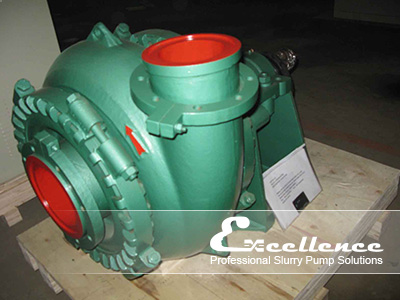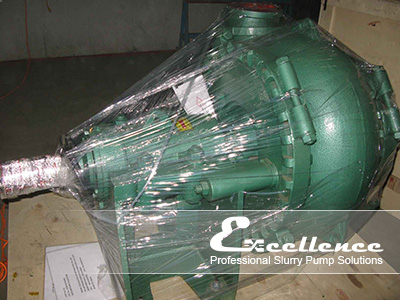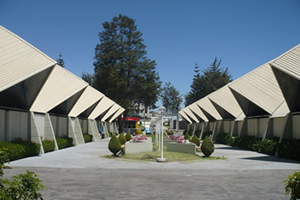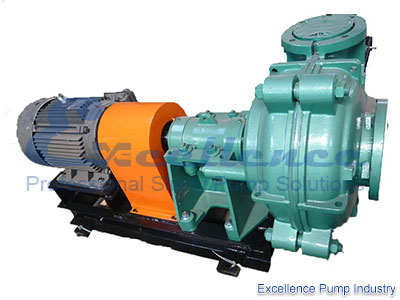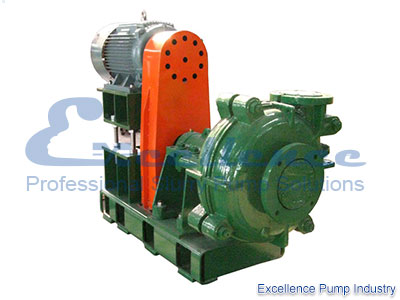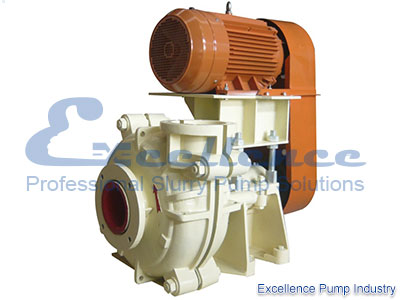BHP Billiton (ASX, LON, NYSE: BHP) and joint venture partner Mitsubishi officially opened Wednesday their new $1.4 billion Daunia coking coal mine in central Queensland, defying the challenging conditions that currently affect the market for steel making coal.
Prices for the fuel used to make steel have been hurting because of low demand and oversupply from rivals, but BHP Coal President, Dean Dalla Valle, seemed optimist, as he said the BHP Billiton Mitsubishi Alliance (BMA) produces “the world’s premium quality metallurgical coal.”
The opening of Daunia mine, which is expected to produce 4.5 million mt/year of metallurgical coal, is considered a step forward for the BHP Mitsubishi alliance in its quest to improve profitability across the division.
The partners have committed $7.7 billion for major projects in Queensland over the past three years, including the new Caval Ridge mine and the Hay Point Coal Terminal’s expansion, currently underway.
BHP is also working on completing the Broadmeadow mine extension before year-end and, in July, it cancelled the sale of its Gregory Crinum mine after making operational improvements.
Australia’s coal sector has been struggling under lower commodity prices, high costs, union disputes and even flooding in recent years. All factors that cost the alliance important market share.
However, CEO Andrew Mackenzie said last month that the metallurgical coal business has returned to profitability, thanks to several cost cutting measures. A big part of them was achieved by dismissing mining contractors, applying efficiency measures and reducing in the number of days lost to strikes.
BHP’s combined coal business, headquartered in Brisbane, includes 20 operations around the world and a workforce of approximately 30,000 people.
Read more:Canadian Zinc Commencing New Drill Program at Prairie Creek
Canadian Zinc Corporation (TSX:CZN)(OTCQB:CZICF) ("the Company" or "Canadian Zinc") is pleased to report a new diamond drill exploration program is set to commence at the Company's Prairie Creek Project, Northwest Territories.
Five drill holes totalling approximately 2,500 metres of coring are planned to test a large multi-stacked gravity and electromagnetic ("EM") geophysical anomaly that is estimated to be at a depth of between 200 and 450 metres below surface, situated approximately one kilometre from the mine site, outside but adjacent to the defined mineral resource. The drill rig is being mobilized to the first pad and drilling is expected to commence by the end of the week.
Alan Taylor, Vice President of Exploration and COO of Canadian Zinc stated, "The delineation at the end of last season of a new strong coincident EM and gravity geophysical anomaly adjacent to the defined deposit was particularly interesting and we are anxious to drill test it. The discovery of any resource in this area could have a significant impact on the economics of the existing project and future implications on additional property-wide exploration at Prairie Creek."
In 2012, a geophysical exploration program involving surface and downhole electromagnetic and surface gravity surveys was completed in the proximity of the Prairie Creek deposit. The results defined a strong multi-channel EM anomaly. A coincident gravity anomaly was also identified over the same area by a loose-grid gravity survey.
This 2013 drill program is fully supported by a recently completed $4 million flow-through financing which closed on August 20, 2013 (refer to Company news release of same date). The Company has mobilized one of its three surface diamond drill rigs to commence this program which will continue for the next two months.
Prairie Creek Mine Background
The Company's main project is the 100%-owned Prairie Creek zinc, silver and lead project located in the Northwest Territories, Canada. The Prairie Creek Project contains a Mineral Reserve of 5.2 million tonnes averaging 9.4% zinc, 9.5% lead and 151 g/t silver. In addition, Prairie Creek hosts an Inferred Resource of 6.2 million tonnes averaging 14.5% zinc, 11.5% lead, 0.57% copper and 229 g/t silver. (AMC Mining Consultants (Canada) Ltd. J M Shannon and D Nussipakynova, Qualified Persons, June 2012).
The Mackenzie Valley Land and Water Board (the "MVLWB") completed its regulatory process July 5, 2013 by finalizing a Type "A" Water Licence and subsequently forwarding it to the Minister of Aboriginal Affairs and Northern Development Canada with the recommendation that the Minister approve and sign the Licence. The MVLWB has previously issued three Land Use Permits and a Type "B" Water Licence to the Company for future operations.
About Canadian Zinc
Canadian Zinc is a TSX-listed exploration and development company trading under the symbol "CZN". The Company's key projects are the 100%-owned Prairie Creek property, an advanced-staged zinc-lead-silver property, located in the Northwest Territories in Canada and the 100% owned South Tally Pond project, which includes the Lemarchant deposit, along with other property interests in central Newfoundland.
Cautionary Statement - Forward-Looking Information
This press release contains certain forward-looking information, including, among other things, the expected completion of acquisitions and the advancement of mineral properties. This forward looking information includes, or may be based upon, estimates, forecasts, and statements as to management's expectations with respect to, among other things, the completion of transactions, the issue of permits, the size and quality of mineral resources, future trends for the company, progress in development of mineral properties, future production and sales volumes, capital costs, mine production costs, demand and market outlook for metals, future metal prices and treatment and refining charges, the outcome of legal proceedings, the timing of exploration, development and mining activities, acquisition of shares in other companies and the financial results of the company. There can be no assurances that such statements will prove to be accurate and actual results and future events could differ materially from those anticipated in such statements. The Company does not currently hold a permit for the operation of the Prairie Creek Mine. Mineral resources that are not mineral reserves do not have demonstrated economic viability. Inferred mineral resources are considered too speculative geologically to have economic considerations applied to them that would enable them to be categorized as mineral reserves. There is no certainty that mineral resources will be converted into mineral reserves.
.
Excellence is a professional
slurry pump manufacturer from China. The best
china slurry pump manufacture devoting on offering the solutions of Industrial slurry pump application. We offered the professional mining slurry pump,
gravel pump , vertical sump pump,
froth pump solutions and service all over the world!

